Tesla's high-efficiency particulate air (HEPA) filters provide the automaker's customers with the highest protection against airborne particles. However, as all filtration devices do, HEPA filters eventually clog up and become due for replacement. So how long does a Tesla HEPA filter last? Here's what our research has uncovered.
Although HEPA filters' usable lives depend largely on the frequency of use and amount of filtered particles, Tesla advises its customers to change the cabin HEPA filter every three years. However, if you already notice a musty smell in the car, then you don't have to wait for the scheduled replacement.
Would you like to learn more about the functions and maintenance of your Tesla HEPA filter? Read on, because we've prepared some interesting information and tips for you in this post. Without further ado, let's get into it!
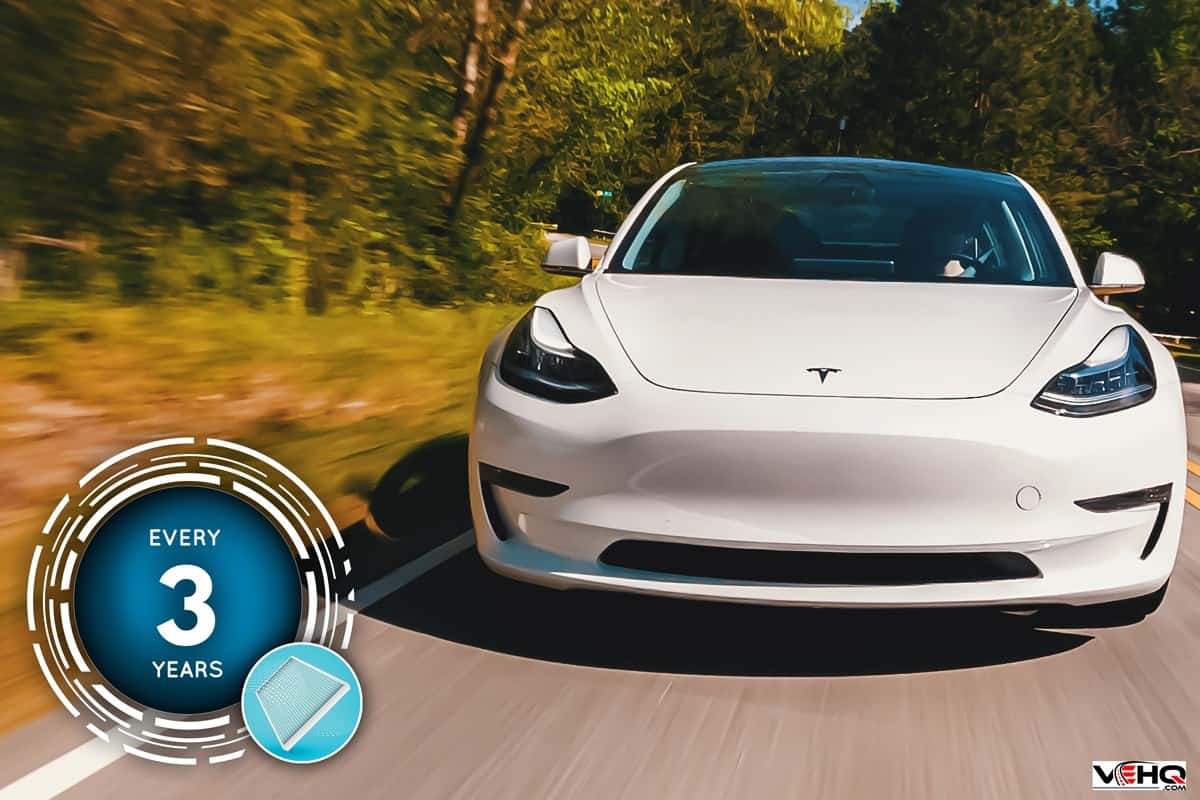
How Often Should I Replace My Tesla Air Filter?
Tesla specifically states that their vehicles should be serviced on an "as-needed" basis. However, the company does go on to recommend maintenance schedules for different vehicle components.
These schedules ensure that customers will continue to enjoy their Tesla cars' efficiency and reliability as advertised.
For HEPA filters, Tesla recommends a replacement schedule of every three years. This schedule also coincides with the replacement interval for Tesla's activated carbon filters.
What Does Tesla HEPA Filter Do?
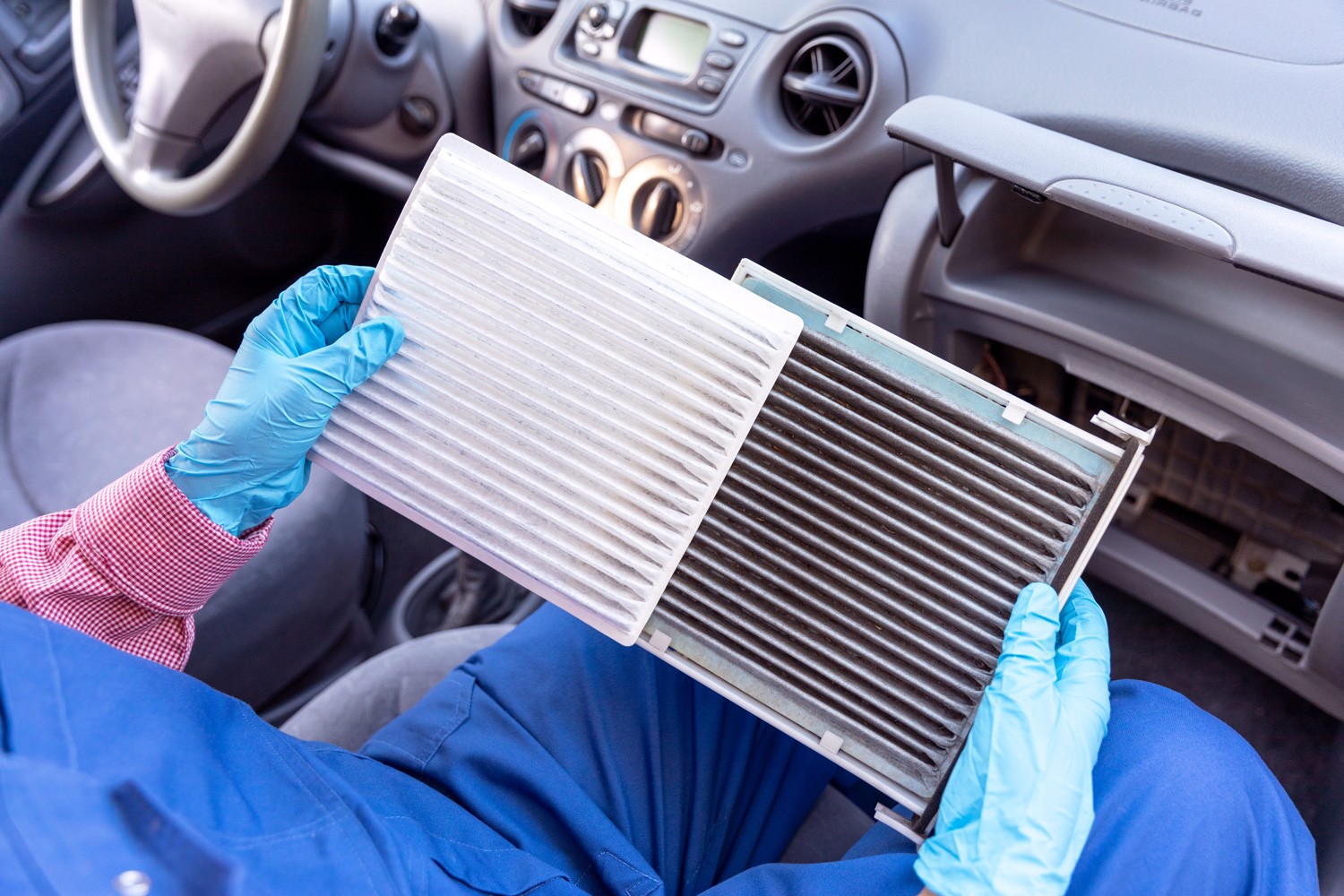
In 2019, the World Health Organization (WHO) declared that air pollution is the greatest environmental risk to human health. Microscopic air pollutants damage our respiratory and circulatory systems, causing seven million premature deaths around the globe every year.
Fossil fuel combustion is the primary cause of the world's air pollution woes. This is also the main problem that Tesla seeks to alleviate with its line of battery electric vehicles (BEVs) and solar energy products.
Reducing the carbon footprint from vehicles is a great step towards bringing air pollution under control. However, BEVs still have a long way to go before getting the lion's share in the worldwide automotive industry. As of 2021, internal combustion engine (ICE) vehicles still make up 91% of U.S. automotive sales.
Tesla decided not to wait for the majority of the automotive market to adopt BEVs and made steps towards protecting its customers more from air pollution.
In 2015, Tesla introduced a new HEPA cabin air filtration system in the Model X. Tesla's HEPA filter, which is approximately 10 times larger than normal cabin air filters, can remove about 99.97 airborne particulates of 0.3 microns or larger.
With this level of air filtration, Tesla's HEPA system is hundreds of times more efficient than standard automotive cabin filters. Tesla engineers tested this system in the real world to ensure that it can capture fine particulates, gaseous pollutants, bacteria, pollen, mold spores, and even certain viruses.
In fact, when in its Bioweapon Defense Mode, Tesla's HEPA system can make Tesla owners survive a military-grade bioweapon attack while inside their Tesla vehicles. Check out this video on how Tesla tested its HEPA filter system against traditional car cabin filters.
How Do I Activate Bioweapon Defense Mode?
When turned on, Tesla's Bioweapon Defense Mode pressurizes the car's entire cabin to prevent airborne particles from leaking in. In this mode, all of the air that enters the cabin passes through the HEPA and gas media filters.
To activate the Bioweapon Defense Mode, Tesla owners can follow the steps below:
- Turn on the vehicle's main power and let the systems initialize. Close all the doors and windows.
- On the front infotainment touchscreen, click the "Front" button near the bottom to access the climate control menu.
- Tap on the biohazard symbol on the menu. This turns on the Bioweapon Defense Mode.
What Are HEPA Filters Made Of?
HEPA filters have been around since the 1940s, but they have evolved in design as well as effectiveness over the decades. Modern HEPA filters are usually made of "sticky" polypropylene plastic fibers, borosilicate glass fibers, or fiberglass.
How Do HEPA Filters Work?
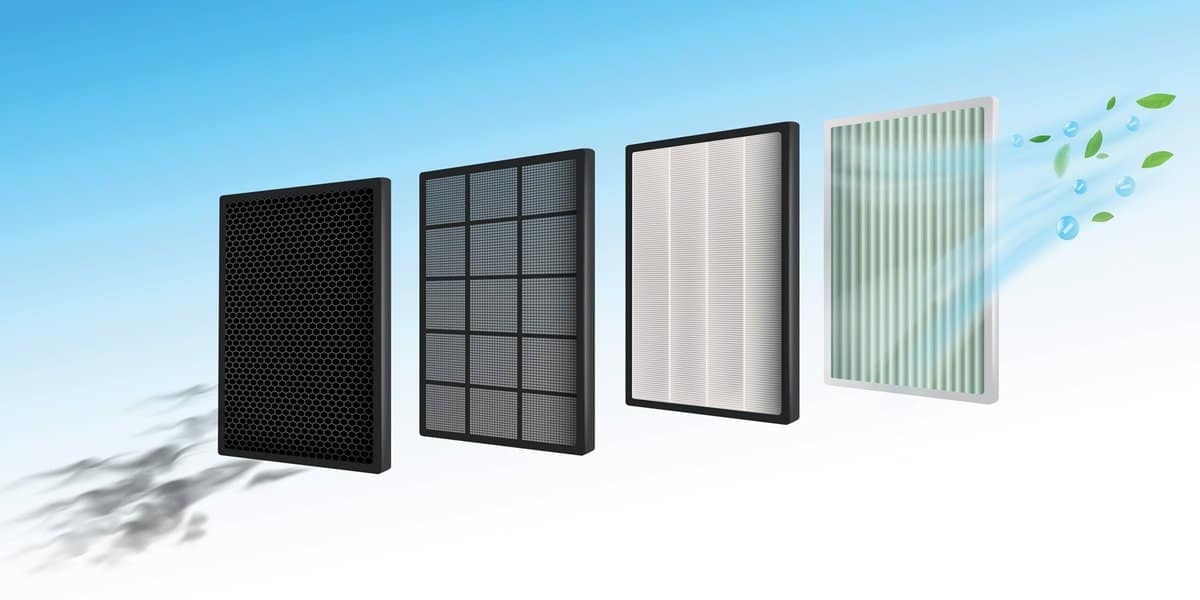
Many of us already know how most nets, strainers, sieves, and other filters work, and in a general sense, it's one of the ways that a HEPA system works. If an object is smaller than the filter's holes, then it can pass through. If the object is bigger than the holes, then it gets trapped.
However, when we talk about microscopic particles, the filtration process of HEPA filters gets a little more complex. Studies have identified three different filtration methods that HEPA filters accomplish according to the size of the particles being filtered:
- Impact
- Interception
- Diffusion
Impact
Straining is your typical filtration method, and this involves "large" particles. Don't be misled by the "large" description, because in the world of air filtration, this term refers to particles 10 microns or larger. For context, a grain of fine beach sand is about 90 microns in diameter.
When a particle larger than 10 microns attempts to go through a HEPA filter, the particle gets stuck between two or more of the fibers. In scientific terms, the particle is filtered through its impact on the fibers.
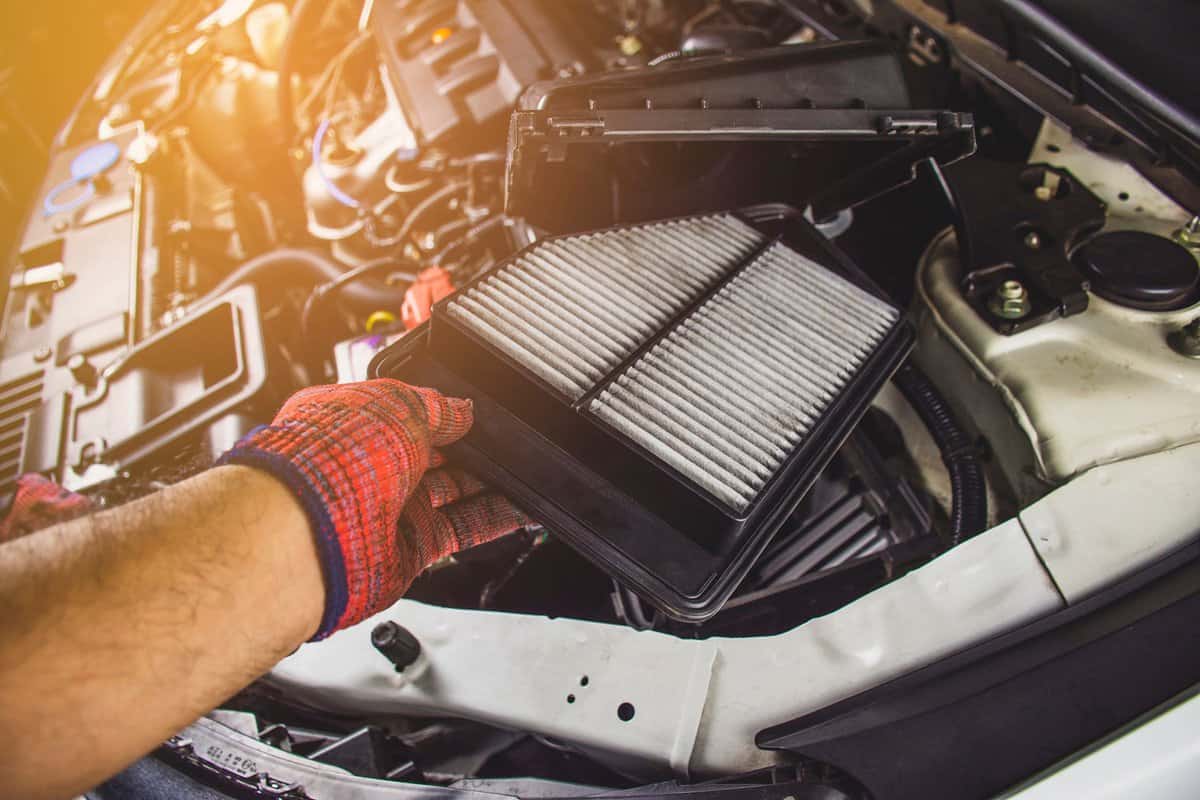
Interception
Contrary to some beliefs, the air spaces between HEPA fibers are actually larger than the particles that they can filter. Medium-sized particles between 0.3 to 1 micron in diameter can theoretically pass through the HEPA fiber gaps. However, the fiber still traps them eventually. How?
Medium-sized particles will try to follow the flow of air through the fibers. However, the particles are quite heavier than air, so they can't move fast enough to get through the filter. When these particles get trapped by the sticky fibers, scientists call the filtering method "interception."
Diffusion
Small particles with diameters less than 0.3 microns no longer move in a straight line. Instead, they move in a seemingly random, jittery pattern called Brownian motion. Due to the minute size of these particles, they get deflected from a straight path when they collide with air molecules.
Because the particles cannot move in a smooth path through the filter, they eventually get stuck on the sticky fibers of the HEPA filter. Scientists refer to this filtration method as "diffusion."
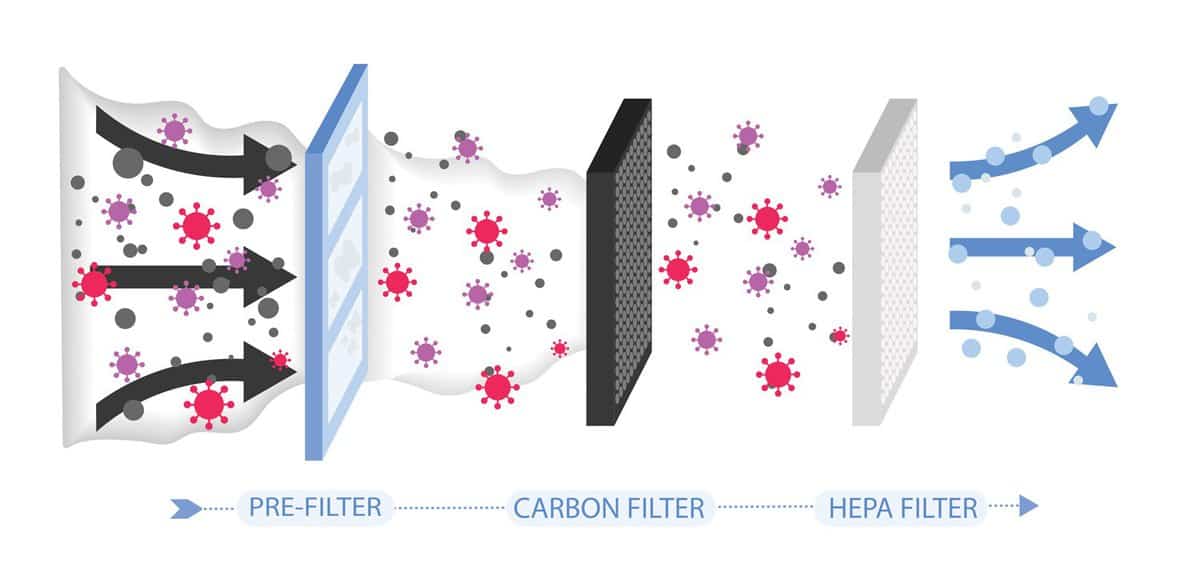
Will A HEPA Filter Remove Coronavirus?
The COVID-19 virus does not have the highest fatality rate compared to other viral diseases like Ebola and SARS. However, because of its high reproduction rate, COVID-19 has caused the highest global death toll among all pandemics in the past two decades.
Can a HEPA filter help protect against COVID-19? The simple answer is yes.
According to studies, the COVID-19 virus particle measures between 0.12 to 0.16 microns in diameter. This is much smaller than the 0.3 microns that HEPA filters can stop. However, viruses do not move on their own. COVID-19, in particular, binds to other bigger particles, like respiratory droplets.
Respiratory droplets, on the other hand, typically go beyond 5 microns in diameter. At this size, the virus-carrying droplet cannot pass through the HEPA filter's fibers because of impact, interception, or diffusion.
Although we cannot claim that HEPA filters can give 100% protection against COVID-19 and other airborne viruses, scientists have shown that HEPA filters can help a great deal.
Aside from protection against viruses, you may also be wondering if HEPA filters can provide you and your loved ones a layer of defense against other common airborne problems.
Do HEPA Filters Remove Dust Mites?
Dust mites average between 200 to 300 microns in size, while their droppings can be as small as 10 microns. Although dust mites are too small to be visible to the naked eye, they are too big to pass through HEPA filter fibers.
Do HEPA Filters Remove Mold?
Mold multiplies by spreading mold spores that are between 2 to 100 microns in size. Fortunately, HEPA filters are more than adequate to trap these spores.
Do HEPA Filters Help With Allergies?
HEPA filters are capable of trapping bacteria and even virus-carrying droplets, and thus much-bigger allergen particles present no bigger challenge. Aside from mold spores and dust mites, HEPA filters can also block pet dander, pollen grains, and even tobacco smoke.
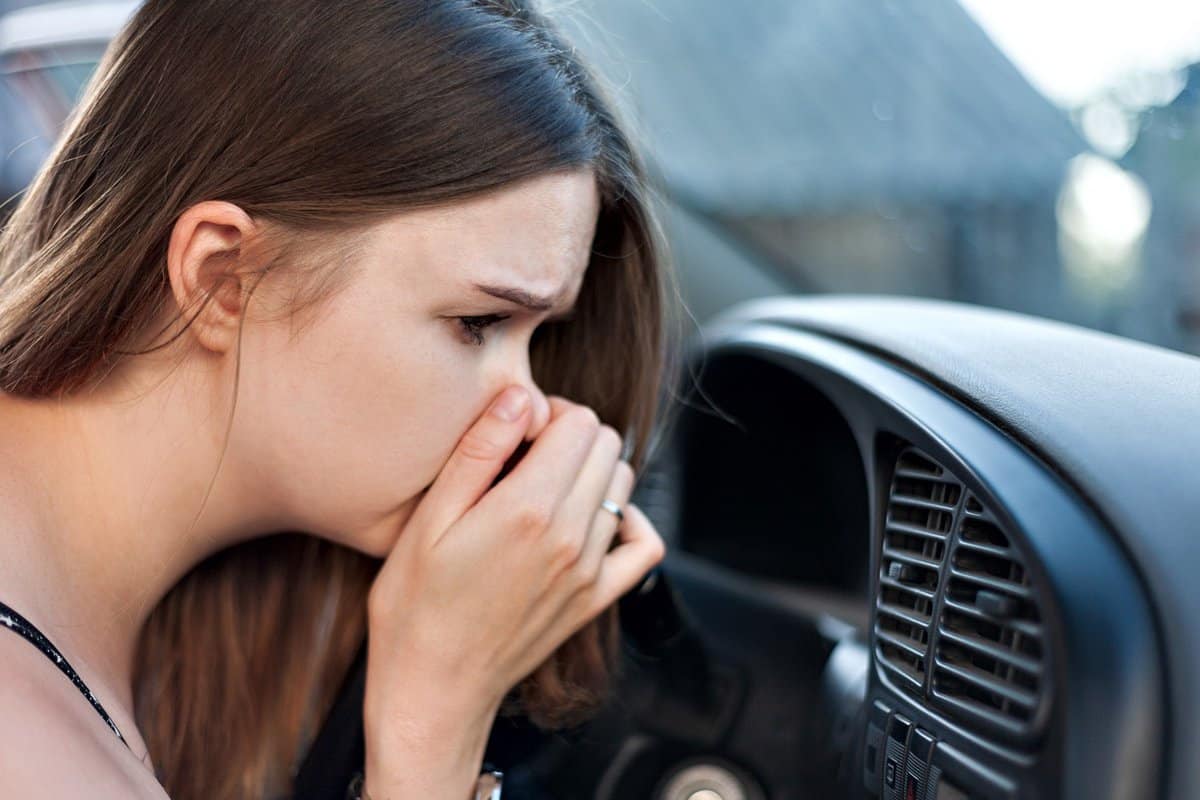
How Much Does A HEPA Filter Cost?
Tesla offers a HEPA filtration system upgrade to its Model X and Model S customers for $500. These upgrades are compatible with the following year models:
- Model X - 2015 to 2020
- Model S - 2012 to 2020
Tesla also included the HEPA filtration system on its Model Y last 2020.
Is Tesla HEPA Filter Worth It?
Let's face it—a $500 HEPA filter isn't cheap, especially when some automotive cabin air filters typically cost between $30 and $70 at some dealerships. You can even get aftermarket air filters for less than $15 online.
Standard cabin filters can trap approximately 98% of particles between 5 and 100 microns in diameter. This range is good enough for many pollutants and allergens but not the smallest ones. Moreover, most standard cabin filters cannot protect you against bacteria and viruses.
If you live in an area with a high level of air pollution, then maybe a HEPA filter is worth the extra cost. Moreover, if you have loved ones who are very sensitive to airborne allergens, you may not even have to think twice.
Some aftermarket manufacturers have started offering replacement HEPA filters for specific Tesla models. At a tenth of the Tesla showroom price, these HEPA filters may be worth looking at.
Check out this popular HEPA filter replacement set for Model 3 and Model Y on Amazon.
Wrapping Up
Tesla recommends changing your HEPA filters once every three years. However, this maintenance schedule can vary depending on your area's level of air pollution and how frequently you drive your Tesla vehicle.
Thank you very much for reading. We hope we were able to help you understand more about the longevity, benefits, and replacement costs of Tesla's HEPA filters.
For more interesting reads about car interior features and other automotive topics, you may also check out these great articles:
Does The Air Filter Affect The AC In A Car?

